BRAZIL'S
ATLANTIC FOREST TOUR
ITATIAIA NATIONAL PARK - serra do mar- UBATUBA- Sitio do Jonas- Folha Secas - facenda angelim
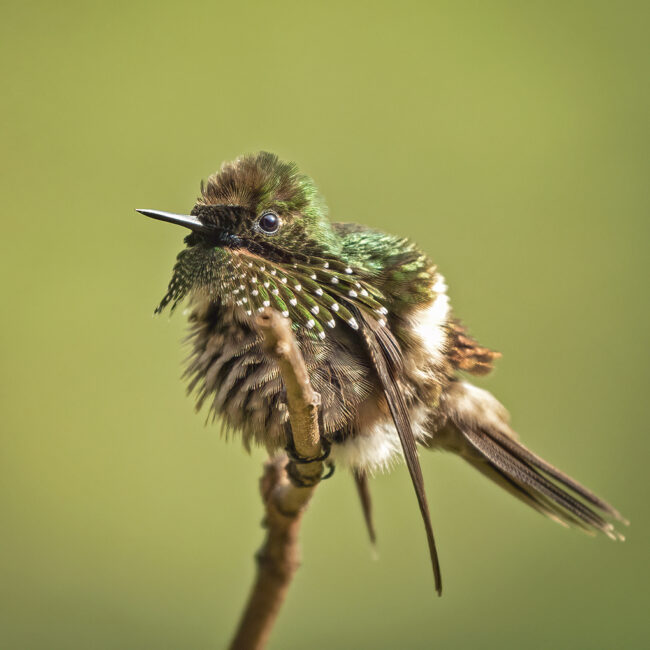
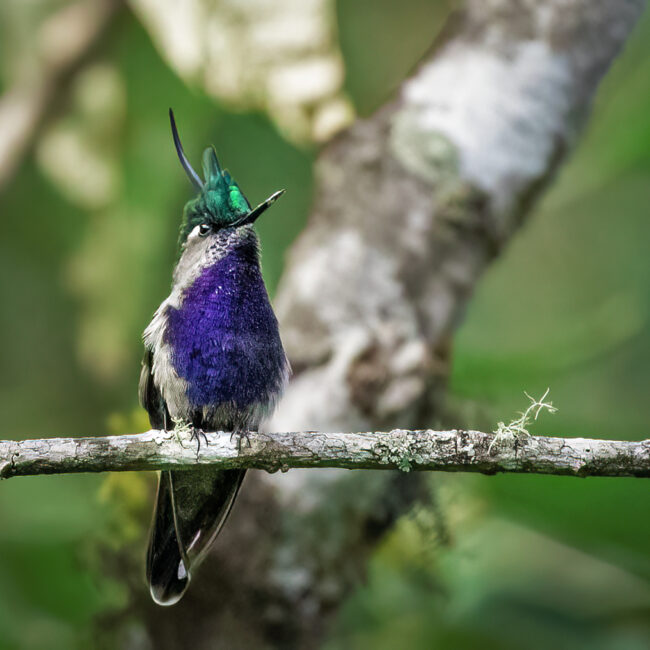
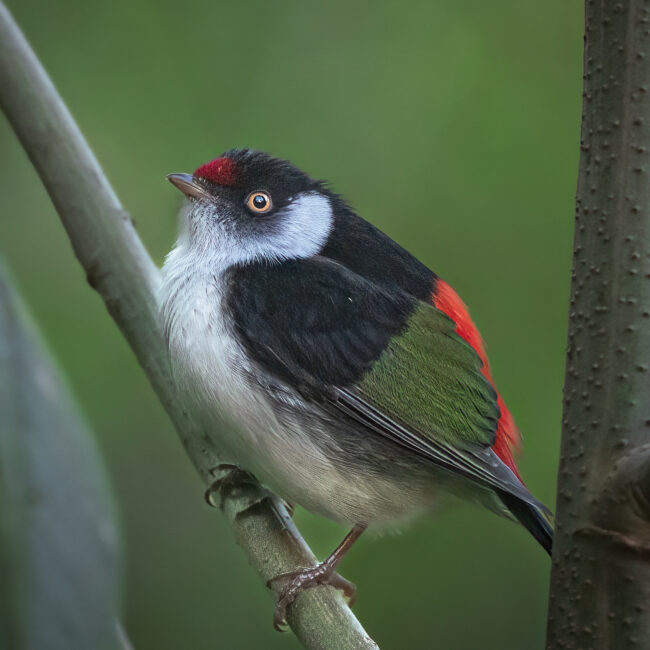

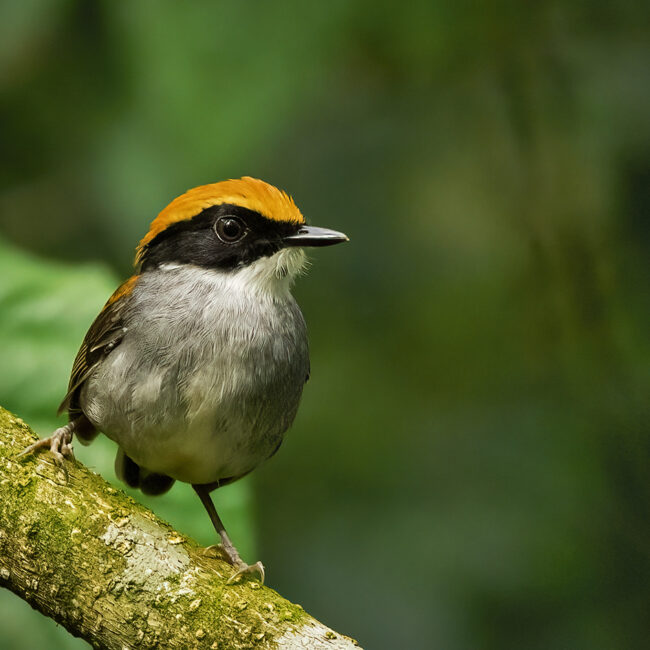
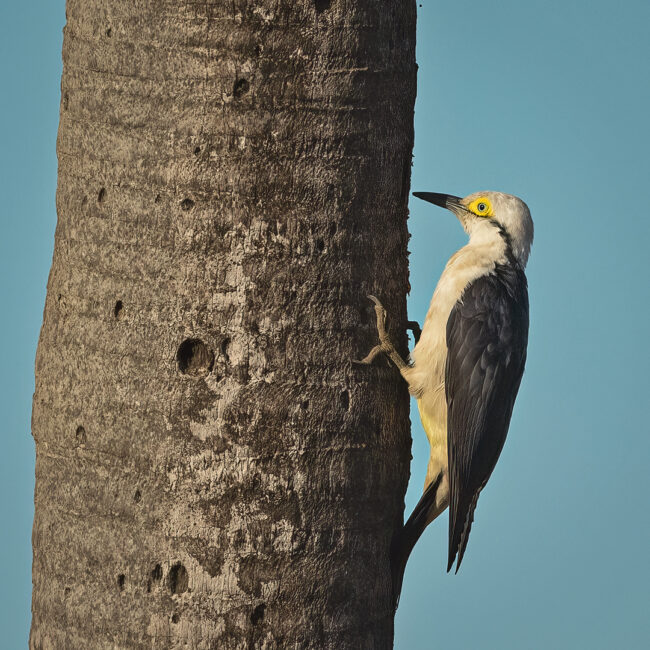
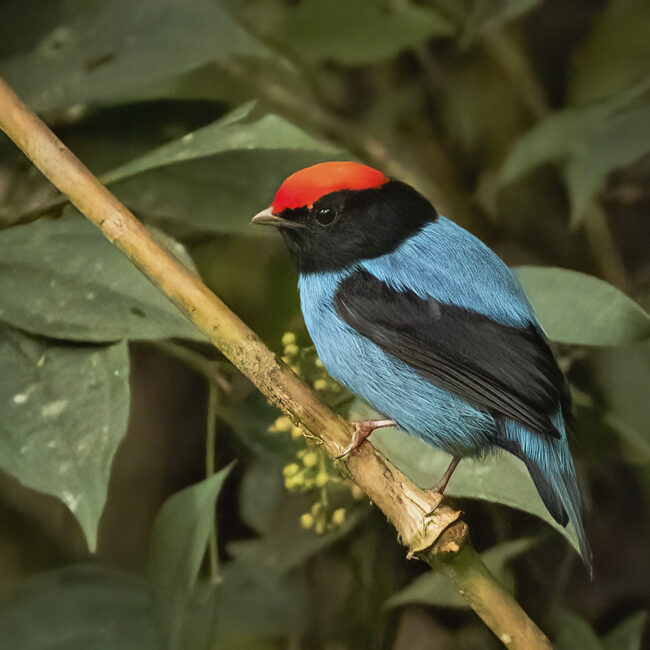
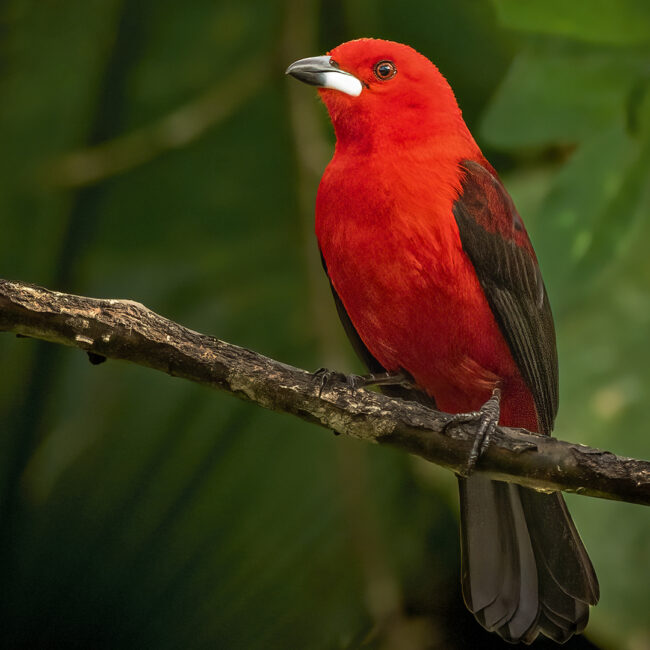
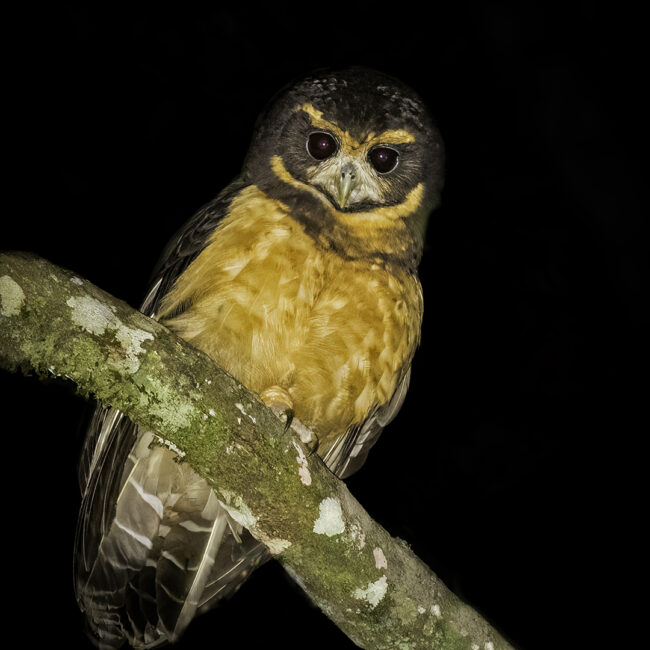
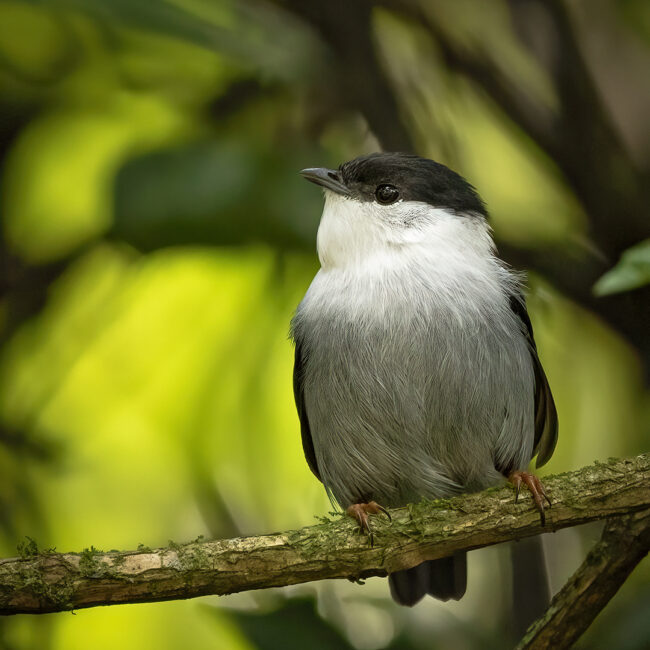
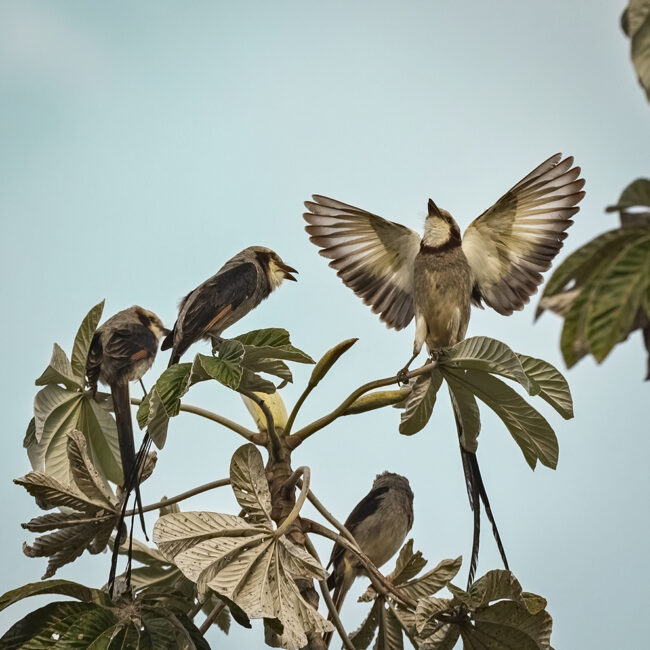
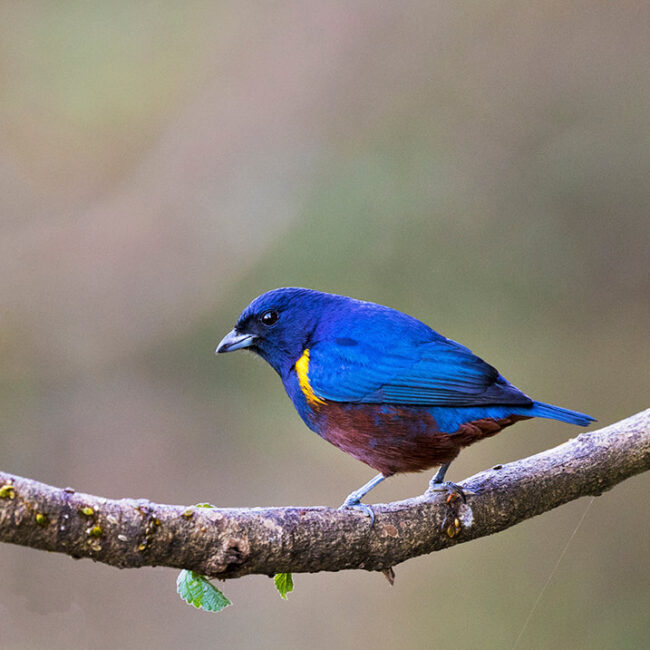
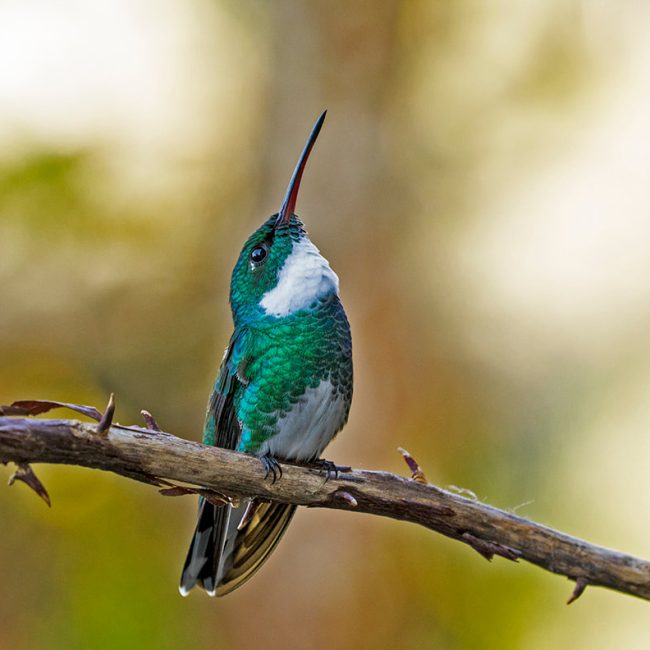
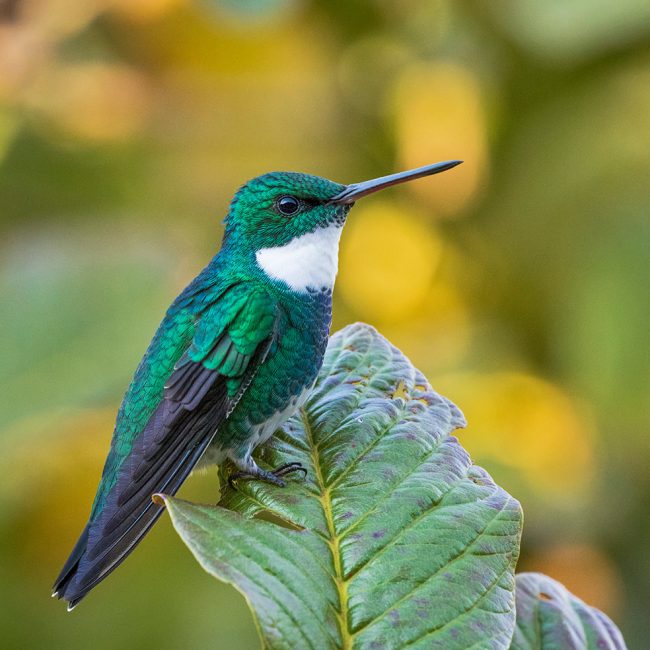
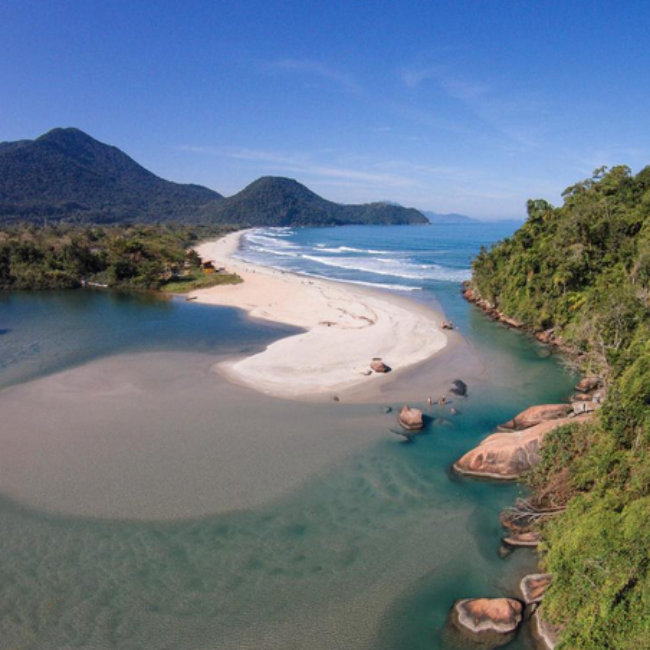
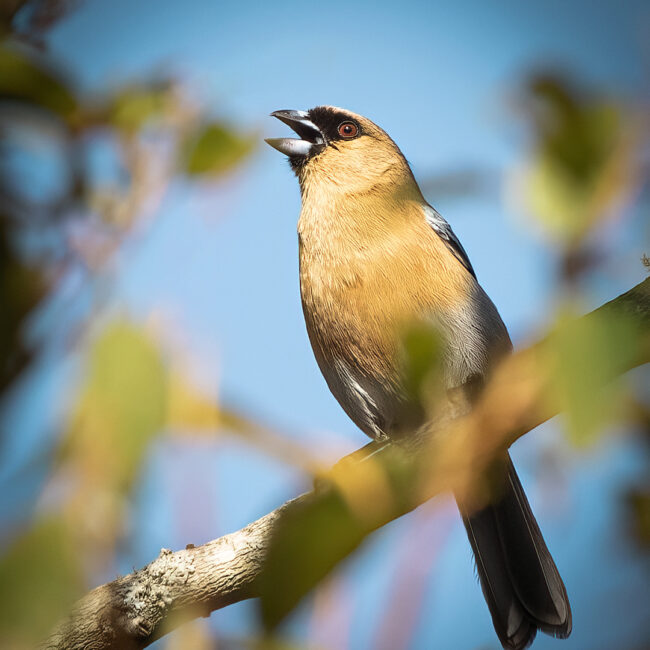
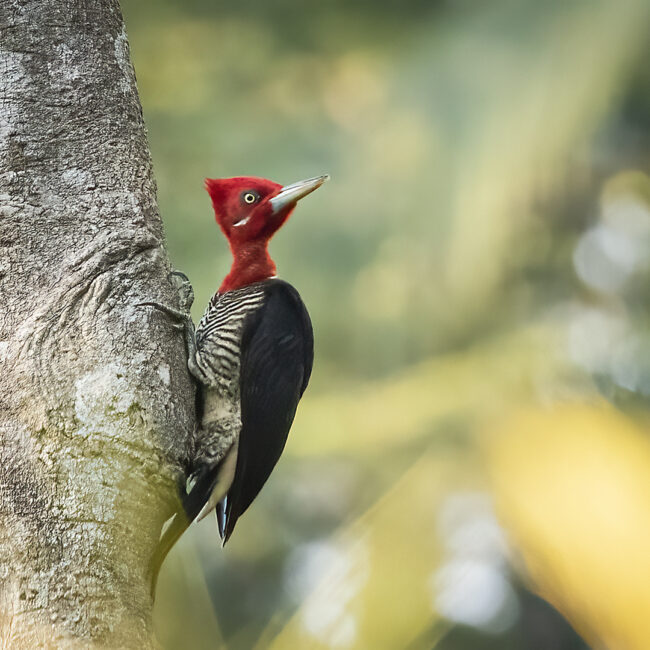
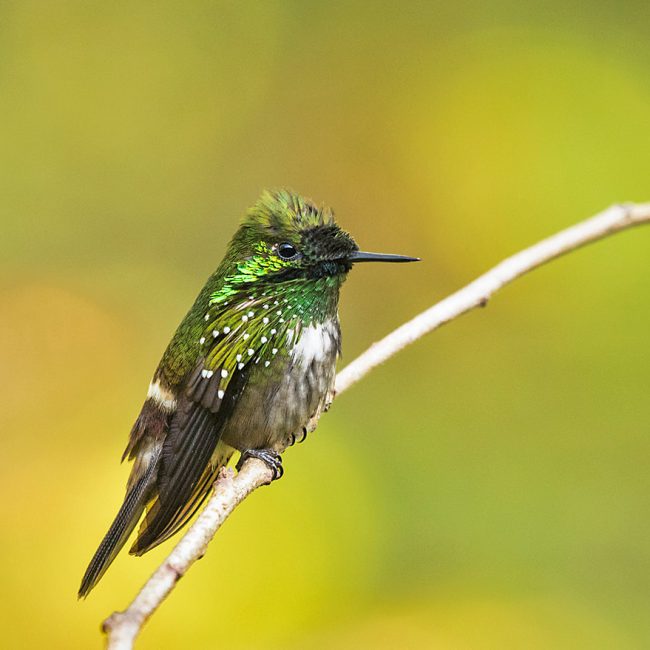
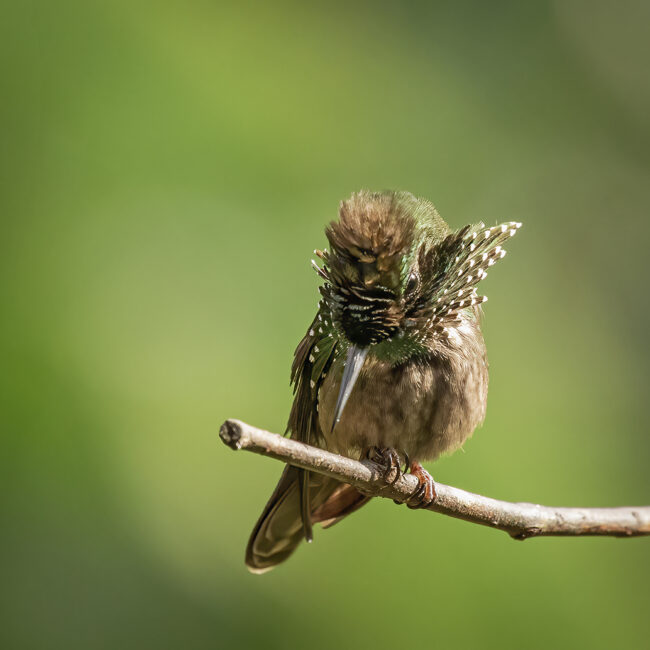
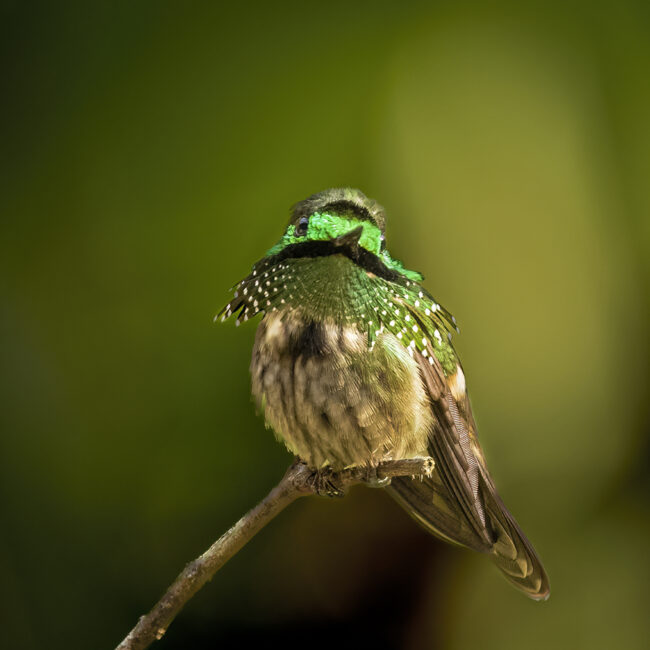
Brazil’s Atlantic Forest is truly a jewel of the Continent. Designated as a World Biosphere Reserve, it is a complex region of tropical and subtropical rainforest, tropical dry forest, tropical savanna, semi deciduous and mangrove forests. It extends along the Atlantic coast of Brazil from sea level up into montane forest at Serra do Mar. The Atlantic Forest currently spans over 4000 km2 along the coast of Brazil and is characterized by an enormous biodiversity. Long isolated from other major rainforest zones in South America, the Atlantic Forest has an extremely diverse and unique mix of vegetation and forest types inducing high specialization levels which make it a unique endemic hotspot. This short tour can be either an easy add-on to our Pantanal tour, or a superb week-long getaway for people who can only travel for short periods of time. The tour concentrates on two distinct regions. First, the mountains, that host a unique set of birds. You’ll stay at a lodge located close to Itatiaia National Park, with feeders and great birding on the grounds, and use it as a base to explore both the lower and upper elevations of this stunning National Park. Following, you’ll move lower to the Brazilian coast to the picturesque lowland rainforests around Ubatuba, which arguably has the easiest and nest lowland birding in all of Southeast Brazil along with some of the best hummingbird feeders at Sitio do Jonas, in Folhas Secas.
ITINERARY
DAY 1
DAY 2
DAY 3
DAY 4
DAY 5
DAY 6
DAY 7
Atlantic Forest map
ADDITIONAL DAY(S):
PLEASE ASK FOR FURTHER INFORMATION
ON ADDITIONAL ACTIVITIES AND DESTINATIONS TO EXTEND YOUR TRIP.
Pricing
Please contact us to receive a quote according to your itinerary. This trip is run with a minimum group size of 2 participants. Solo travelers please contact us for more information.
-Private service of a specialized birding & naturalist bilingual guide
-Private transportation
-Accommodation in double occupation, single room occupation adds a price supplement.
-All meals with soft drink and purified water
-Transfers In-Out
-All excursions and activities listed in itinerary
-Entrance fee to all the reserves and activities
-International airfare
-Alcoholic Beverages
-Tips
– Personal expenses
– Trip Cancellation & Medical Emergency Insurance
-Any other item not specified
Trip considerations
PLEASE NOTE:
This is a sample itinerary subject to change due to weather conditions, safety, and particular interests of guests. Changes and additions are made in order to maximize your birding experience and wilderness enjoyment.



